
REPORTAGE
24-06-2012 by Freddie del Curatolo
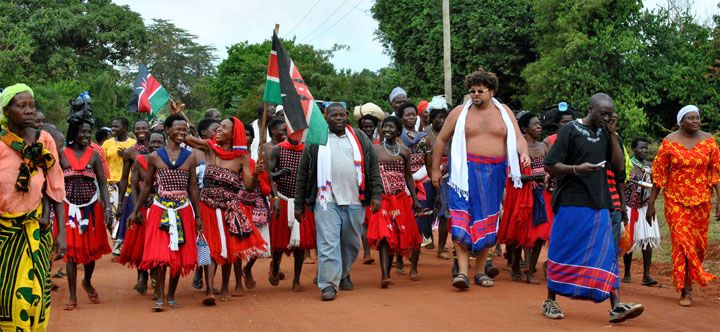
From the plateau of Jaribuni, eyes dominate the two major Kilifi inland valleys.
The green of the forests and hills which we have just left behind spoke of villages submerged between bushes and rocks prehistoric, ancient people who knew the civilization with the advent of Chinese scooters and schools placed hovering over the summits of clay.
The other is the esplanade leading to Bamba and the landscape becomes more barren.
Here the red earth is winning the thousand-year war with green bush.
smell of wood burned is mixed in looted corn fields.
What little you eat it grows quickly and the water is in short supply as they we enter.
Jaribuni lies somewhere in between, with its hardware shacks that expose cement bags as objects of desire and sell nails individually. From here they dominate the two valleys and towards the coast you can see the inlet covered with mangroves.
And 'the Kilifi creek, from which streams of brackish water that help the farmers of the valley. Rena come from watermelons and nearby there is also some old British who took office with a farm and cultivate fruit trees along the driveway mud tracks that run along the pastures of cows, crops of cashew and finally laying up of boats, just before Mnarani.
We return to Tzitzoni. The walkers were up late the mats stretched the entrance to the elementary school.
A quick breakfast before they get pupils and discover with surprise the tiny army of smiling grandparents and uncles dressed in costume.
The route from Tzitzoni to Jaribuni is short, so I decide to percorrerne suddenly with them. And 'festival of songs and dances, words that still do not know but have the sound of true and right things, mantra transmitted for centuries and now also including from the plants to the sides of the dusty road. There scansiamo when the trucks cut it fast and rough, with loads stowed height that make them hang dangerously towards us.
We stop in front of a shack in cement and mud. Home to the council of elders of the Kaya Kauma. The treasurer seems to have the carved face in one of those black rocks encountered in Jibana. Then there's a mama wrapped in a colorful dress and a young man who does not come off a second from his mobile phone.
He lives the Mijikenda as a mission, one of the few young people met up to now. A Jaribuni, we'll find out a few minutes later, there is a strong component in the young separatist. They are supporters of the MRC, the movement that wants the "devolution" from Kenya and he tried to make political party before the 2013 elections, only to instead ask their potential voters not to vote. As always, in the village square, we put ourselves in a circle and we sing (I monkey, mostly) traditional songs. Dancing is already more simple, just move your feet by following their steps, which are four: three forward and one step back. When I do, I am beating the "two" and "four" firmly to the ground as they do, the people you are thronging around, laughs.
Then when the Mwarandu lawyer introduces me as "Giriama white" Mbogo Kimera, for a moment the hilarity overcomes the respect for the traditions.
You have to bring everything to the right balance between culture and fun. We think Mwarandu, involving them discourse on the defense of Mijikenda values ​​that sounds a little 'political, although very respectful of the Kenyan government.
The lawyer is not unconscious, knows that between the Jaribuni people lurk those of the MRC. In fact, not long demand for a young man, which is a profession not militanza.Mwarandu may fall and, in reiterating the apolitical vocation of Madca, remember that the Mijikenda is a peace process, because this is always the way of his people and that the Government must seek the comparison, because a battle against Nairobi would be impossible for anyone.
Children listen, get bored, try the eye of the photographer that flatters them with shots all for them.
Few residents of Jaribuni following the party towards the kaya. There would be time to introduce yourself to the thousand and one hundred pupils of an elementary school, but one of the teachers is John in the fish's face.
"You are sorcerers" is the refrain heard unfortunately. But the fact that to pronounce it is a teacher and not the man in the street, is even more serious.
John asks to speak with the principal, who after half an hour is ready to give reason to walkers Mijikenda, but it does now when the kids are back in class, for the satisfied grin of the ignorant master. Even without the boys, out of school they start singing and dancing, all under a big tree to dance exchanging peace signs and devouring a box of juicy oranges that I found in a shack nearby.
The group now goes down a winding lane that runs along the creek and should emerge in Majajani.
We are moving in the car and we await them.
They will pop three hours later, tested for the steep and bumpy ride.
The mzee more representative of Majajani is a character from the film.
She has the eyes of Fernandel and mimicry by strolling player.
Seraphic as a secular mbambakofi, he speaks with John that translates everything.
He turns to me, speaking in metaphors. He sees me dressed as a Mijikenda and asks me if I have the right shoes to walk with them. "The important thing is to have the same step - I say - the shoes matter little."
He seems satisfied with the answer.
Walkers come in dribs and drabs, are tired and someone took wrong or slipped on the mud of the paths. We dance in a hurry, then we move towards Kilifi carrying young Furaha. The girl struck me because, besides being curvy and full of verve, is released as a disco dancer Malindina, rather than as a traditional dancer. "He sent me here my sister Jumwa - Furaha explained by candor - she can not be with you because a few weeks ago gave birth to a girl. So he asked me to replace it. " Jumwa is one of the best traditional dancers, puts the soul and, although not a beauty, gives off a highly charged sexual.
Furaha is much less passionate. It will also be the age. "He taught me everything my sister - he admits - it is the first time that I have to deal with Madca". He adds that last year she was elected Princess Giriama, "Miss Hando". He talks almost like a proud Starletta by Italic television. The pretty teenagers have dreams identical everywhere, if anything, is strange to see traipsing Furaha (reluctantly). We expect a passage for her in Kilifi, at the old ferry dock, under the big bridge, which would require maintenance.
Others, exhausted, are facing the road to Kilifi two hour. There are those who stop to rest every twenty minutes, the group frays and then regroup when darkness s'inghiotte the hinterland.
We move to Mtondia, far beyond Kilifi, Malindi direction.
Here, between two imposing baobabs, like a good medieval witches, between puffs of polenta and stew perfumes, Mama and Mama Dahabu Kapucheche are preparing mum with meat and Mchicha for the troops.
EVENTS
by redazione

An evening of stories about Kenya and the Mijikenda ethnicity this Tuesday at Figino Serenza in the province of Como.
With free entrance, in the beautiful and elegant frame of Villa Ferranti, the headquarters of the municipal library, Malindikenya.net's director...
EVENTS
by redazione
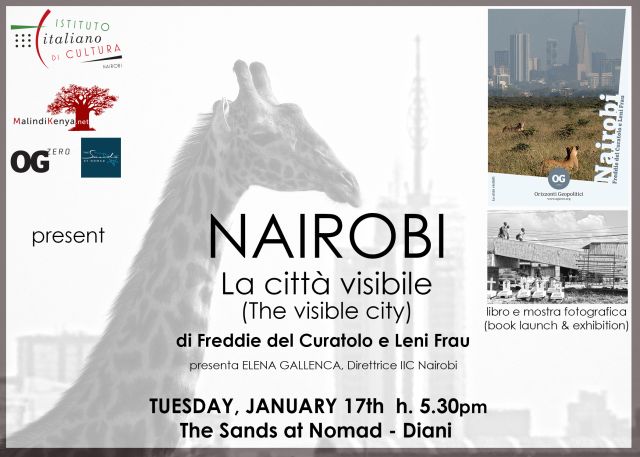
For next Tuesday, Jan. 17, at "The Sands at Nomad" in Diani, the Italian Cultural Institute in Nairobi has...
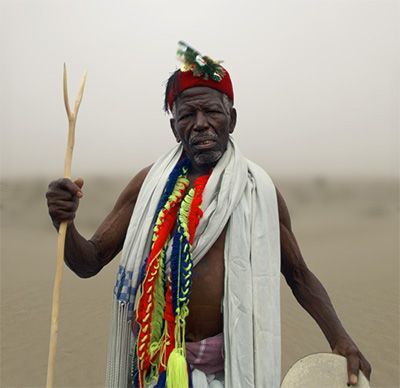
A unique event that unites the culture of the Kenyan coast, the Mijikenda ethnicity, art and cultures from around the world, through the essential vehicles of music, words and visual art. All together in an evening entitled "The Earth and...
EVENTS
by redazione

After guitar workshops and internships in the Nairobi slums and at the conservatory, and two applauded...
EVENTI
by Leni Frau
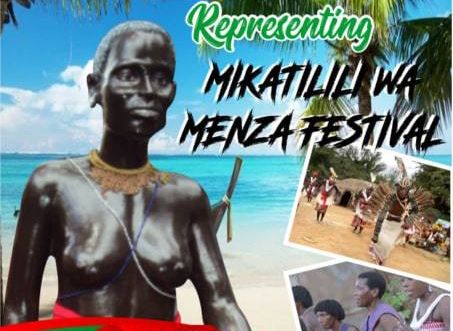
As every year in these days, the Mijikenda ethnic group of the Kenyan coast and in ...
PERSONS
by redazione
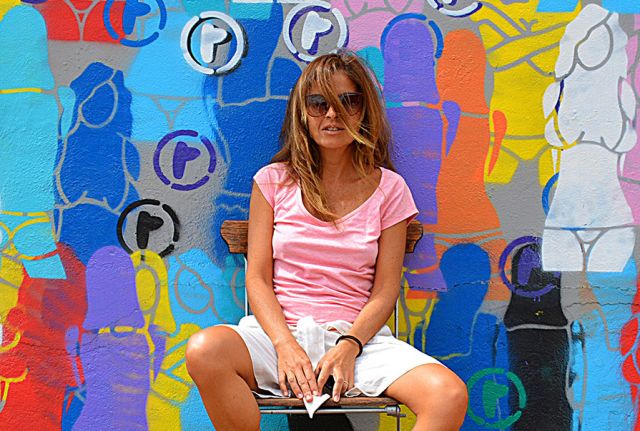
She landed in Kenya years ago from Italy with a passion for Africa and photography and now tells the...
EVENTI
by redazione
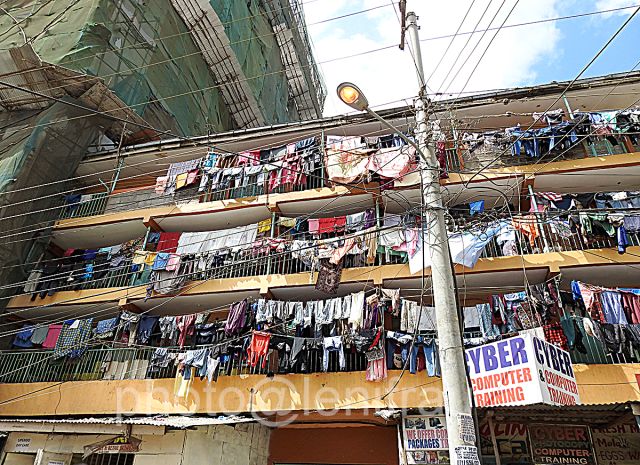
After the success in terms of attendance (and with great joy also in terms of book sales...) of the...
EVENTS
by redazione

This year Freddie of the Curatolo chose children as a public to tell her stories of Kenya, between nature, solidarity and fun moments.
They are elementary schools, especially quarters and scenes, listening to stories that go from baobab to schools...
NEWS
by redazione
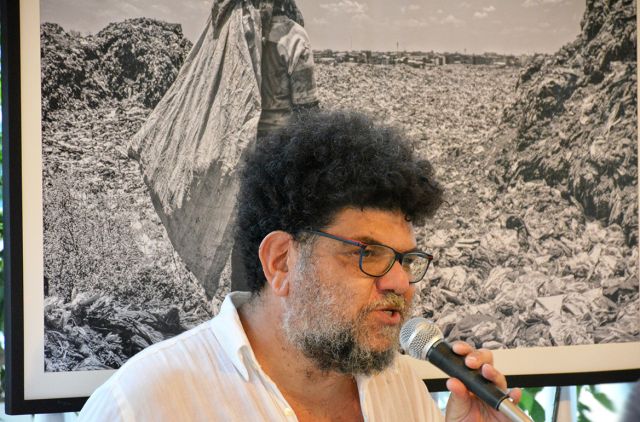
The director of the portal of Italians in Kenya, Alfredo "Freddie" del Curatolo, will receive the...
CREATIONS
by Freddie del Curatolo
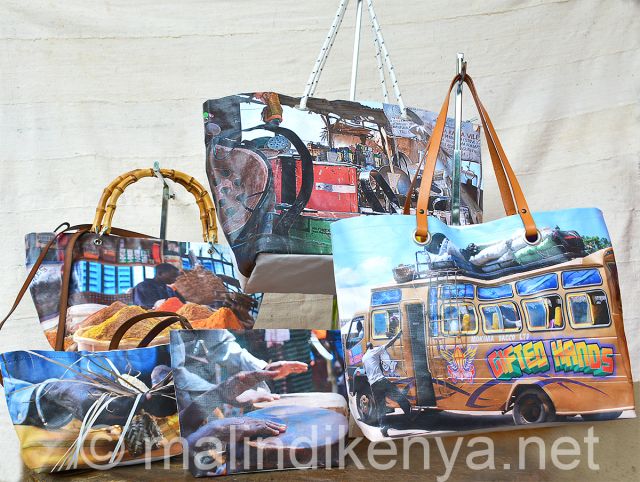
When Italian women's creativity meets in fertile ground like Kenya's, beautiful and unique things...
ART & CULTURE
by redazione

The exhibition "Nairobi, the visible city" by photographer Leni Frau, stage name of Maddalena Stefanelli, soul...